The country is known for having its rich biodiversity as its main tourist attraction. Its beaches, heritage towns and monuments, mountains, rainforests, islands and diving spots are among the country's most popular tourist destinations.
Basco Lighthouse in the Batanes Protected Landscape and Seascape, a UNESCO Tentative Site
Mayon Volcano, a perfectly cone shaped volcano in Albay UNESCO Biosphere Reserve
Cebu Metropolitan Cathedral, location of the first church in the Far East
The Sultan Haji Hassanal Bolkiah Mosque of Cotabato City, the largest mosque in the Philippines and the second largest mosque in Southeast Asia
Chocolate Hills, a geologic natural monument in Bohol and a UNESCO Tentative Site
Tubbataha Reefs Natural Park, UNESCO World Heritage Site and Future Policy Awardee for marine resource management.
Some of the carvings in the Angono Petroglyphs, the oldest rock art in the Philippines and UNESCO Tentative Site
Nepenthes sibuyanensis from the highly-protected Sibuyan Island, an island internationally acclaimed as comparable with the biodiversity endemism rate and geologic history of the Galapagos
The University of Santo Tomas possesses the oldest extant university charter in Asia.
Callao Cave, a paleolithic site in the Cagayan Valley where the 67,000-year old Callao Man was found and a UNESCO Tentative Site
Magellan's Cross, a holy cross planted in Cebu by Ferdinand Magellan to convert the Hindu Rajah Humabon and Cebu's natives to Christianity during the First Circumnavigation of the world
Hanging coffins in Sagada, Mountain Province
 |
| Rice Terraces of the Philippine Cordilleras, World Heritage Site. |
 |
| Philippine eagle, the national bird |
 |
 |
| Boracay |
 |
| Bonifacio Global City |
 |
| Panglao Island beach |
 |
| Tourists kayaking through Sohoton Caves and Natural Bridge Park |
 |
| Taal Basilica, the largest church in Asia |
 |
| Camiguin Island |
 |
| Iloilo City |
 |
| Vigan, World Heritage |
\
The country's rich historical and cultural heritage, including its festivals and indigenous traditions, are also one of the attractions of Philippines. Popular destinations among tourists are Cebu, Boracay, Palawan, Siargao, and many more. However, despite these large potential, the tourist industry of the Philippines has lagged behind its Southeast Asian fellows like Thailand, Vietnam, Malaysia, Singapore and Indonesia, due to political and social problems.
Philippines has garnered numerous titles related to tourism, namely, the traditional capital of the world's festivities, the capital of the western Pacific, the centre of Hispanic Asia, the Pearl of the Orient Seas, center of the Coral Triangle, and the capital of fun. The country is also a biodiversity hotspot, having the world's highest endemism rate for bird species, and one of the highest for mammals and flora. It is also the largest bastion for Roman Catholicism in all of Asia. The country is also home to one of the New7Wonders of Nature, the Puerto Princesa Subterranean River National Park, and one of the New7Wonders Cities, the Heritage City of Vigan. It is also home to six UNESCO world heritage sites scattered in nine different locations, three UNESCO biosphere reserves, three UNESCO intangible cultural heritage, four UNESCO memory of the world documentary heritage, one UNESCO creative city, two UNESCO world heritage cities, seven Ramsar wetland sites, and eight ASEAN Heritage Parks. More than 90% of Filipinos can understand and speak English, as many are multilingual.

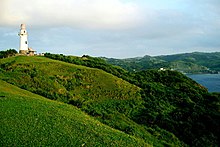
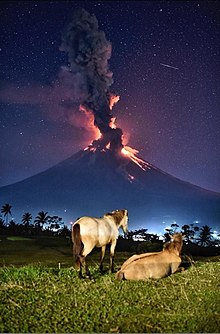


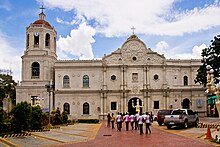







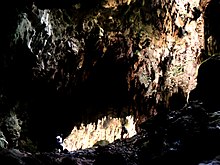

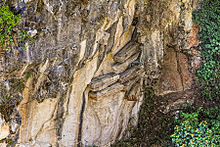



0 Comments